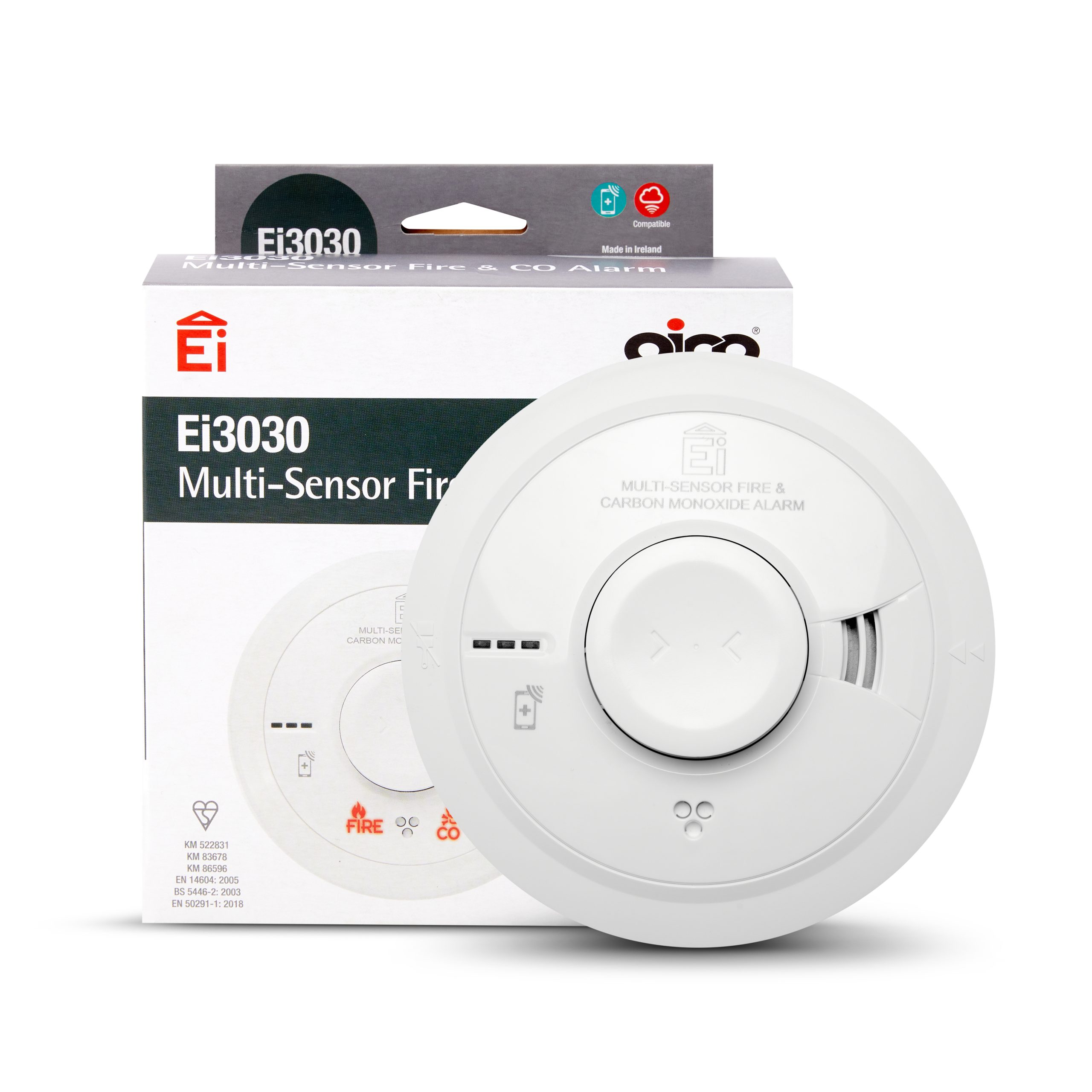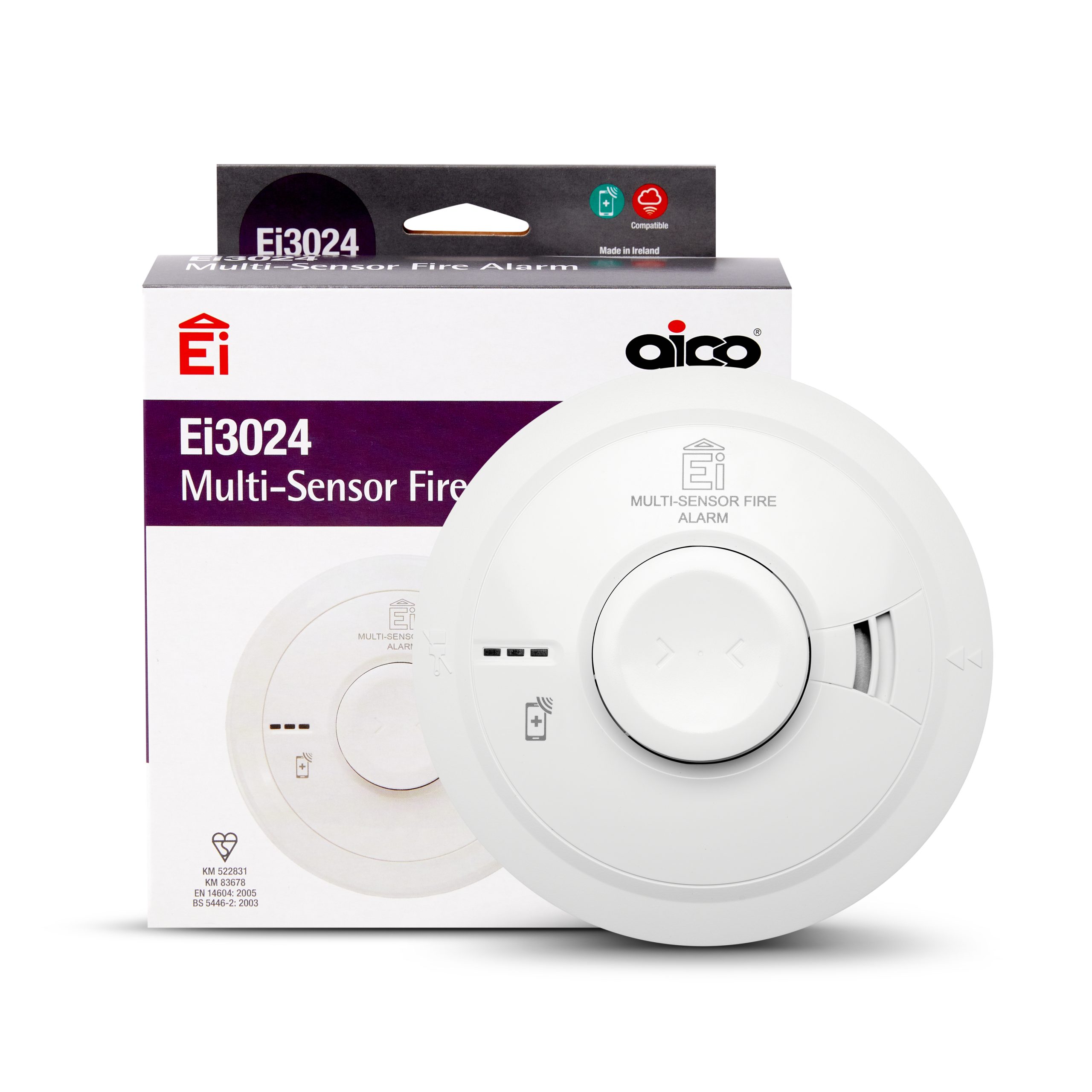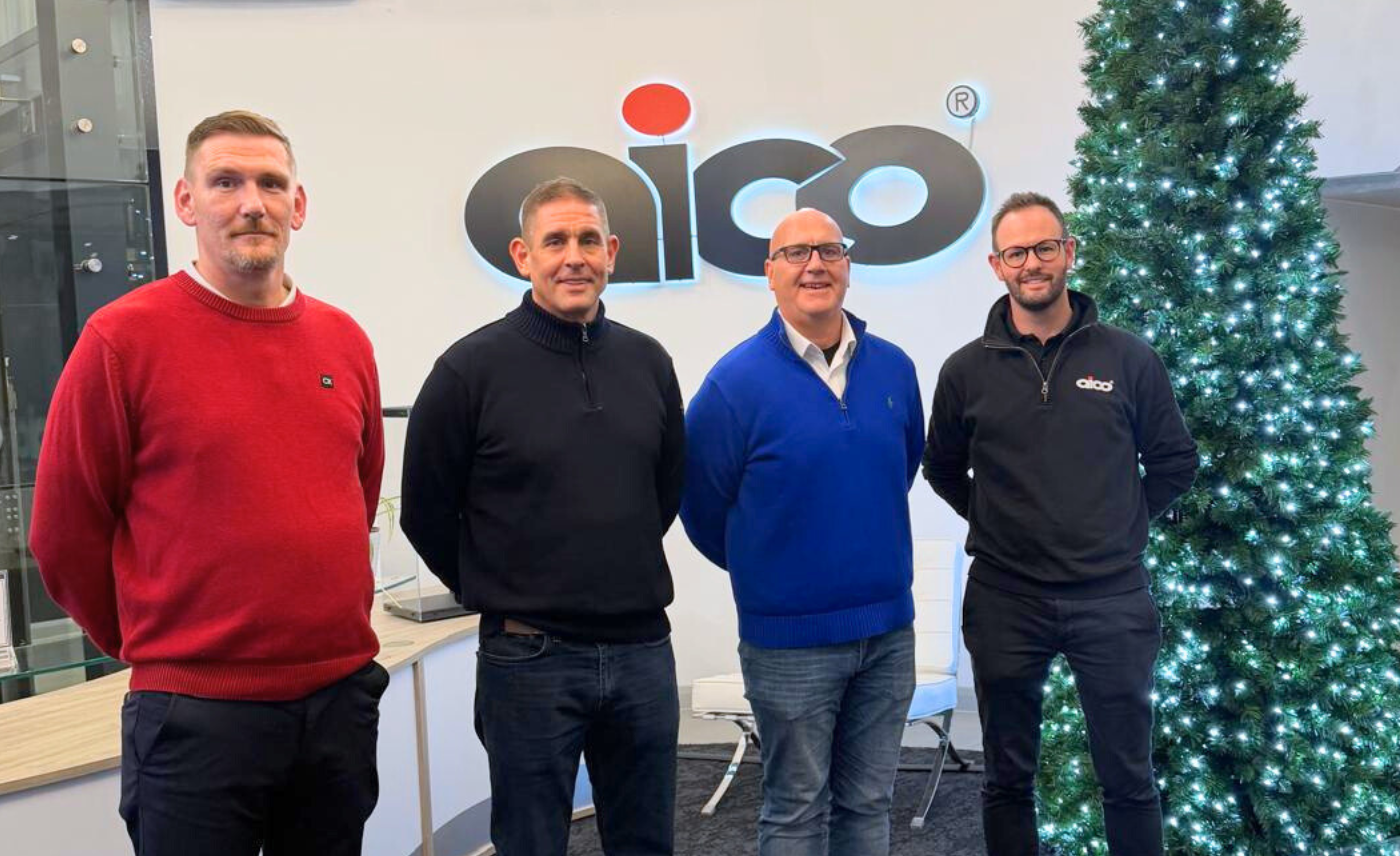Are You Ready for Awaabs Law? A Guide for Social Landlords
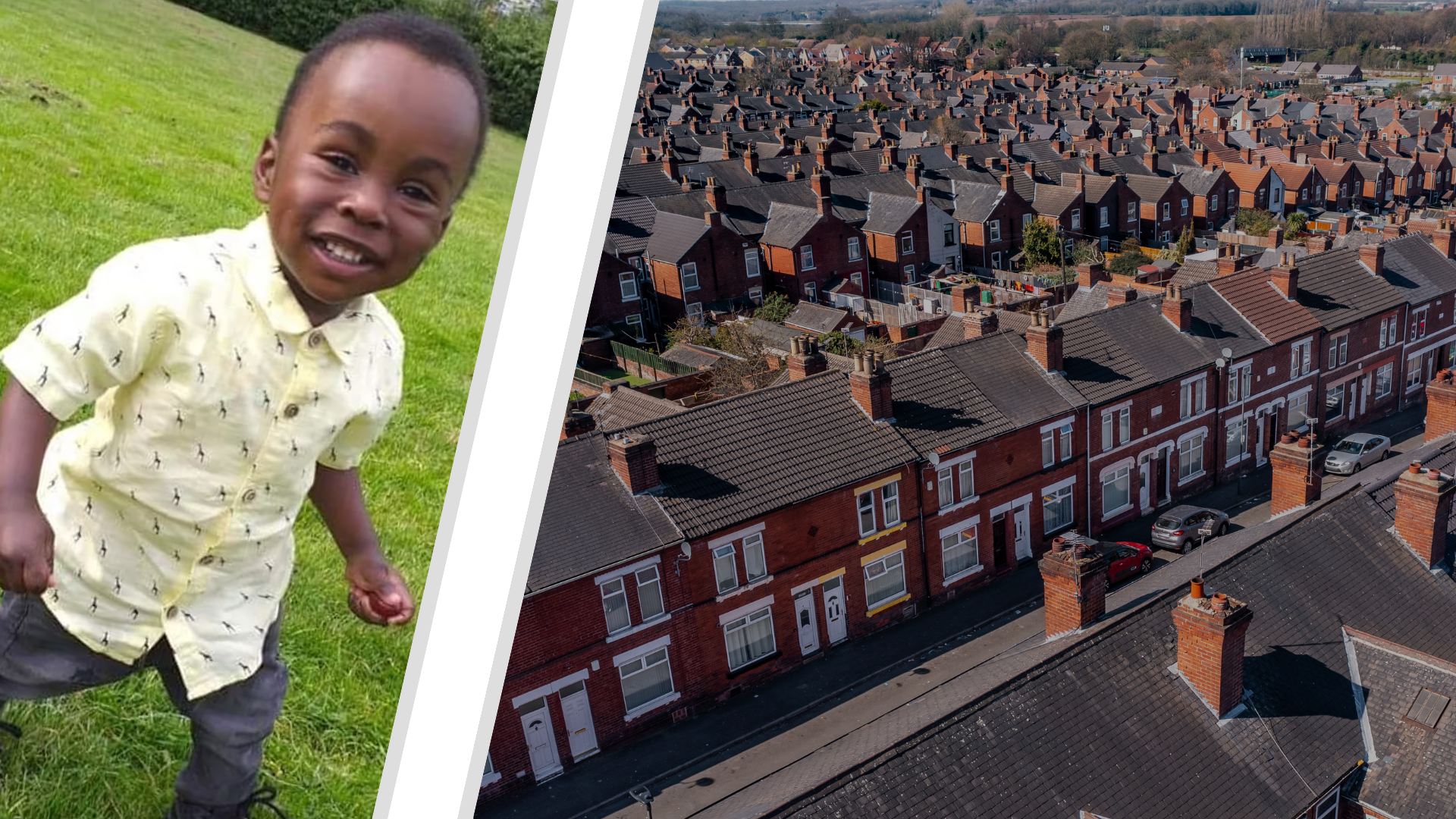
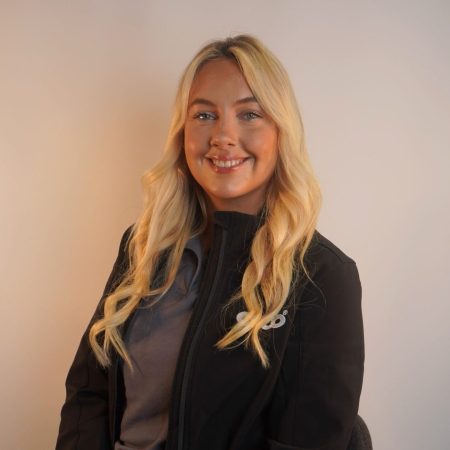
Posted On:
19th June 2025
In December 2020, two-year-old, Awaab Ishak, sadly lost his life due to a severe respiratory condition caused by prolonged exposure to black mould in his family’s Rochdale home. This tragedy highlighted the significant failures in the UK’s social housing system, and in response Awaab’s law was created.
From October 2025, Awaab’s Law will legally require social landlords in England to investigate and complete any emergency repairs, including those involving damp and mould, within 24 hours of notification under Section 10A of the Landlord & Tenant Act 1985.
Expected before October 2025, social landlords must follow clear new timelines under Awaab’s Law. Once implemented, they’ll have 10 working days to investigate reported health or safety hazards such as damp or mould, provide a written report within 3 working days of the investigation’s conclusion, and then undertake relevant safety work within 5 working days of the investigation concluding, if the investigation identifies a significant hazard. Any emergency hazards must be addressed within 24 hours, and if necessary, tenants should be rehoused while repairs are undertaken.
Beyond 2025, the law’s scope is expected to expand, covering additional hazards such as excess cold or heat, structural issues, fire and electrical risks and hygiene issues. By 2027 it will encompass the remaining dangers listed in the HHSRS (excluding overcrowding). The government has also signalled an intent to extend Awaab’s Law to the private rental sector as part of the forthcoming Renters’ Rights Bill.
Scotland’s Evolving Regulatory Framework
While Awaab’s Law is currently applicable in England, Scotland is responding in parallel. Scottish Ministers are amending the Housing (Scotland) Bill to grant powers to set firm deadline requirements for social landlords to investigate and address risk to a tenant’s health and wellbeing, including damp and mould. Meanwhile, the Scottish Housing Regulator (SHR) has introduced new ARC performance indicators, such as average resolution times and numbers of active and reopened damp and mould cases, to drive transparency and accountability in damp mitigation.
This approach enhances existing protections in Scotland, including the Scottish Housing Quality Standard, the Right to Repair Scheme, Scotland’s Tolerable Standard, and Energy Efficiency Standard for Social Housing. While landlords’ welcome additional measures, many are calling for clearer definitions around damp and mould to ensure regulatory clarity.
Building Safe and Compliant Homes
As October 2025 approaches, social housing providers must tighten their processes. Staff and contractors need training to identify and prioritise hazards, understand legal deadlines, and respond accordingly. Landlords also need to positively engage with tenants, educating and empowering them on relevant reporting processes to ensure effective resolutions.
By adopting sensor-enabled monitoring, advanced case workflows and thorough record‑keeping whilst working with residents, landlords can build a resilient compliance framework. This not only ensures legal conformity under Awaab’s Law and Scotland’s ARC requirements, but also promotes healthier, safer homes for tenants, truly honouring the legacy of Awaab Ishak.
How Case Management Can Drive Compliance
In November 2024, Aico launched its HomeLINK Case Management (HCM) system, offering an integrated platform for landlords to manage safety and environmental hazards particularly damp and mould cases within a singular portal.
HCM enables landlords to proactively manage risks using data insights and resident surveys. When something goes wrong, the system automatically opens a case, assigns it to someone, and tracks every action until it’s resolved. Its dashboard lets landlords compare properties and benchmark against national data. They can also layer in interventions like insulation or heating upgrades and measure the impact.
Each stage from work updates to tenant feedback is recorded in full, providing a reliable audit log for compliance purposes. Direct communication with tenants via the HomeLINK Resident App allows landlords to request photos or information, keeping residents informed and fostering effective communication between the landlord and tenant.
As part of Aico’s wider HomeLINK offering, HCM integrates into other products and solutions, and supports future initiatives in decarbonisation and environmental safety.
Aico’s case management platform allows for a proactive, evidence-driven, and tenant-friendly workflow, helping housing providers meet regulatory, health, and sustainability goals across entire portfolios.
